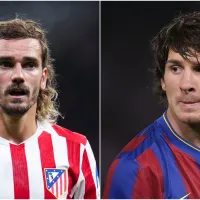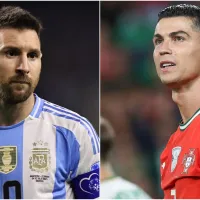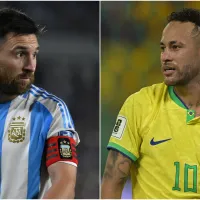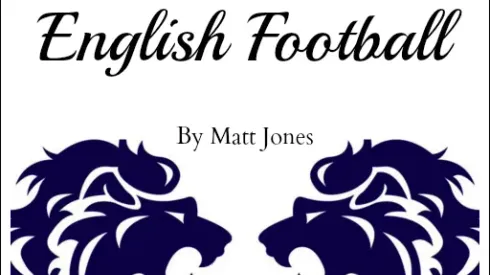Editor’s note: World Soccer Talk writer Matt Jones recently went on a mission from his home on the Wirral to take photographs of Prince Rupert’s Tower in Liverpool, and to share his insight regarding the connection between the tower and the history of Everton Football Club.
A soccer team’s crest is a pretty big deal. After all, aside from the club colors, it’s the one other most pertinently emblematic feature of a team. It’s for that very reason Everton supporters kicked up quite a substantial fuss last season when the club altered theirs, almost beyond recognition.
It was because the Toffees’ crest is entrenched in culture and local history, but it’s not what you’d describe as a typical soccer badge. There’s no fierce bird, roaring lion or proud devil on Everton’s shirt, just a humble tower, a pair of modest laurel wreaths and the latin motto of “Nil Satis Nisi Optimum”.
The basic blueprint for the emblem we see on Everton jerseys today was put in place back in 1938. But throughout the club’s distinguished history, it was often no surprise to see the Toffees don jerseys without a badge, with the iconic blue shirts and white shorts seemingly enough to define the football club’s identity.
Indeed, the tower and wreathes were only used initially on ties produced by the club itself and while the Toffees did have “EFC” emblazoned on their strips in a stylish font from 1920 for 10 years, a badge wasn’t really too important back then. It wasn’t until 1972 that the letters appeared on the kit again and six years later, a crest resemblant of what we see today.
According to the club’s official website, the then club secretary Theo Kelly was given the honor fashioning the badge. “I was puzzling over it for four months,” he said. “Then I thought of a reproduction of the ‘Beacon’ which stands in the heart of Everton.”

So what’s the explanation behind such a bespoke symbol? The building in question is known as Prince Rupert’s Tower and it was built in the 18th century on Everton Brow. Initially, it’s construction was for the containment of the intoxicated or the unruly getting into trouble overnight before they were hauled before magistrates the next day.

Here’s a look at where the landmark is in comparison to Goodison Park itself (see below). The Tower is a 39 minute walk away from Goodison Park, and is actually closer to Anfield than Everton’s stadium.

It was situated across the road from “Mother Noblett’s” a confectionary store renowned for its Everton mints—which are still manufactured and handed out by various match-goers at the game—and toffees, hence the nickname. Such was the quality of the produce, apparently the shop attracted the likes of Queen Victoria and Charles Dickens, per the Liverpool Echo.
The tower actually still stands proudly on Everton Brow to this very day. Here’s a picture I took of it with the iconic Liverpool skyline peaking over the horizon:

The symbolism behind the wreaths is a little less clear, especially when trying to put them into context with the local area, but their classic association with victory dating back to ancient times surely has something do to with the adornment. Aside from the tower, the wreaths and the latin motto—translated to “Nothing but the Best is Good Enough”—have become synonymous with Everton.
It’s why there was such outcry from supporters when the laurels—which had been on the crest for 35 years in succession since 1978—were removed along with the tagline in a new badge.
The peculiar fattening out and redesign of the tower itself also prompted anger and a strong fan resistance that branded the new badge “clownish” and “ridiculous”, per BBC, eventually prompted a rethink for the club.
The new emblem is a lot more appropriate and while “Everton” being included on it riles some—could a tower and wreaths really represent anyone else’s crest?—the reintroduction of the laurels and the motto helped quell the fan frustration.
Now, the tower is permanently illuminated blue of a night time, a visual reminder of the perpetual links between the region and color of the city’s most longstanding soccer team.
Editor’s note: Read Matt’s other articles in his The Heart of English Football series.
Follow Matt on Twitter @MattJFootball













